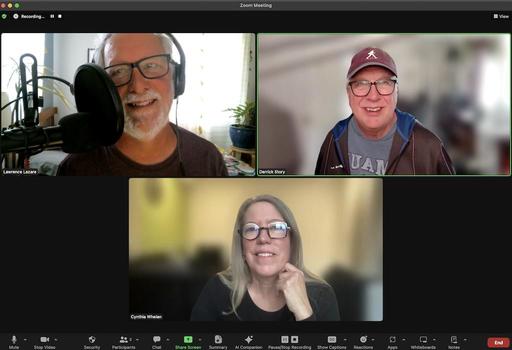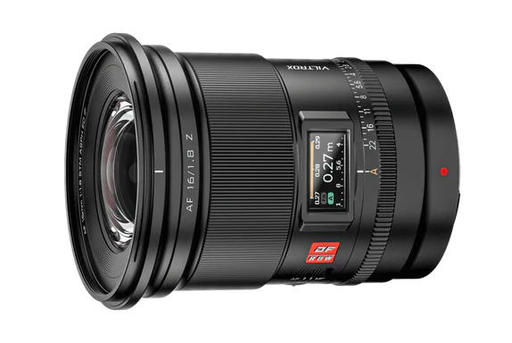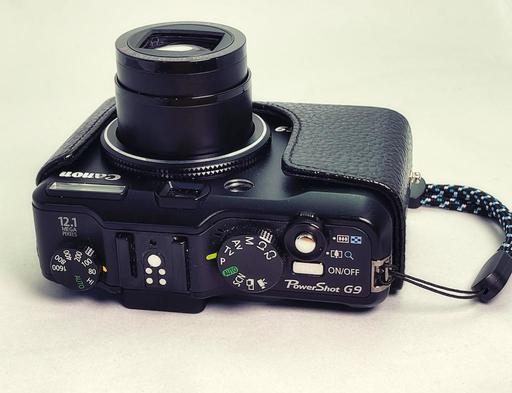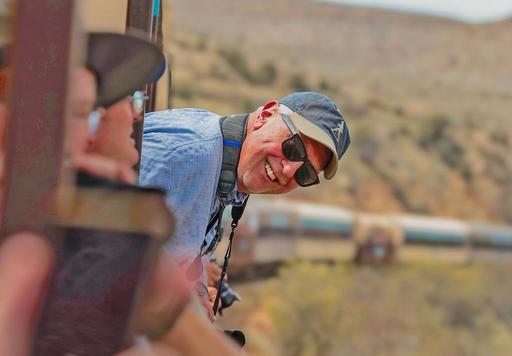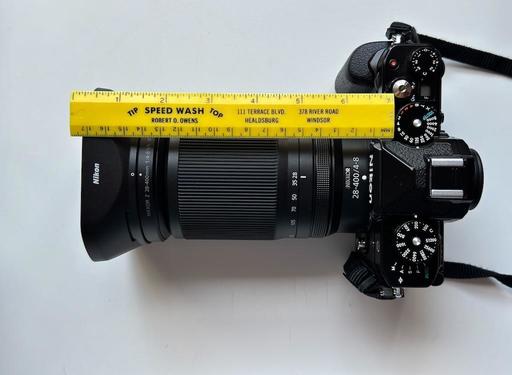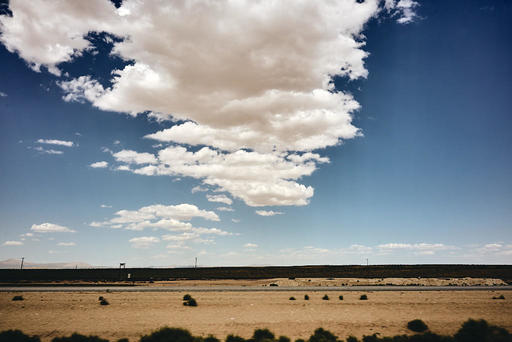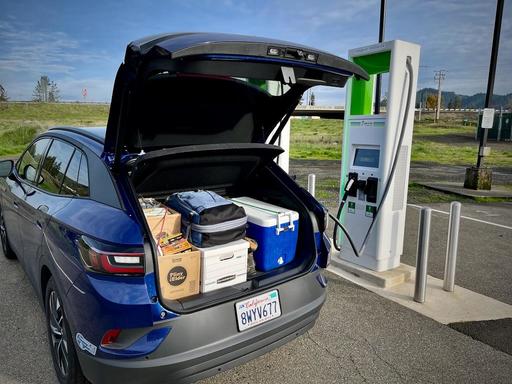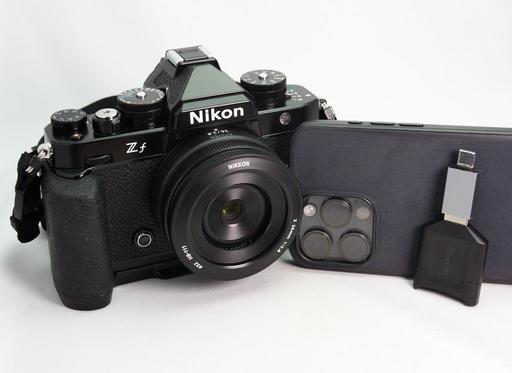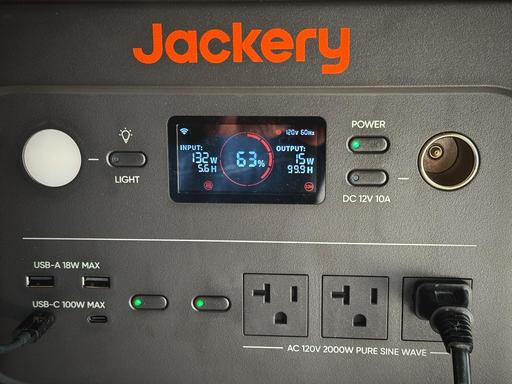This is The Digital Story Podcast #949, May 28, 2024. Today's theme is "A Massive Lightroom Update Featuring Generative Remove." I'm Derrick Story.
Opening Monologue
In terms of workflow, it's always nice to have the tools you need in one application instead of having to bounce around to different bits of software. With Lightroom 7.3, Adobe has taken a big step in that direction with the addition of Generative Remove. I'll explain how it works, plus some of the other goodies, in today's TDS Photography Podcast. I hope you enjoy the show.
Tune-In Via Your Favorite Podcast App!
Apple Podcasts -- Spotify Podcasts -- Stitcher
Podbean Podcasts -- Podbay FM -- Tune In
A Massive Lightroom Update Including Generative Remove
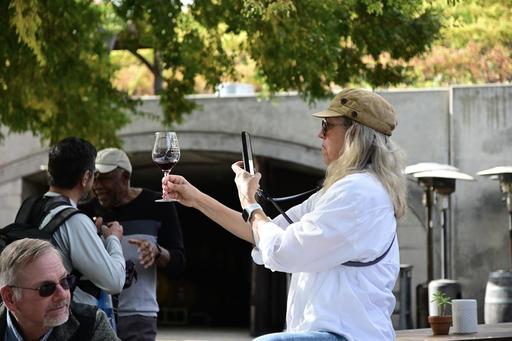 Original image with too many distractions.
Original image with too many distractions.
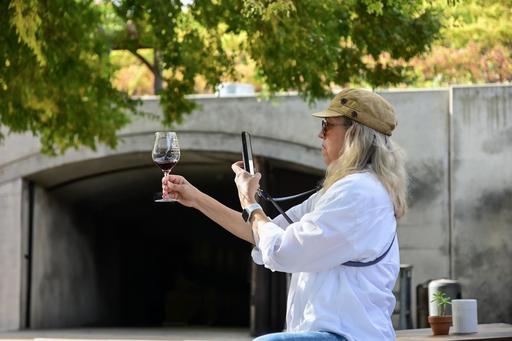 Edited version using Lightroom's Generative Remove. Photo by Derrick Story.
Edited version using Lightroom's Generative Remove. Photo by Derrick Story.
I'll be talking about Version 7.3 of Adobe Lightroom. I've been using this version of the app, instead of Classic, because it has evolved enough for my needs, and it's a bit more modern.
The big news is that Firefly, Adobe's top-tier AI technology, comes to Lighroom. And its debut is Generative Remove.
The Content Aware Healing Brush is now called Remove. You can still use it as the old Content Aware Healing Brush, which is good for small objects, faster processing time, and up the road no spending of your credits. I will get into that later.
In Lightroom 7.3, you also have some additional options in the Remove panel. First, you'll see Generative AI with a checkbox and a Early Access label. Second, there is Object Aware with a checkbox.
There are also checkboxes for Show Overlay on Hover and Visualize Spots. I use Show Overlay on Hover when I want to delete a selection and do it again. It makes it easy to identify it.
So, the progression for removing objects from your photos could be something like this. If it's simple, then just use the Remove Brush without Generative AI. When you get into more complicated adjustments, especially large objects, then check the Generative AI box to turbo charge your Remove Brush.
For items that are irregular, such as a group of people, you probably want to enable Object Aware too. This can improve the masking and leave the right amount of information outside of your selection to give the application the data it needs for the fill.
When it works well, Lightroom will correctly identify the objects for removal and add the appropriate amount of feather to enable a seamless fix.
After the mask is created, you do have the ability to fine tune it with add or subtract. I found that I didn't have to do this often, but there are times when the software doesn't include an item that you want as part of the fix.
Once you give Lightroom the green light to generate the fix, it works fairly fast, depending on the processing power of your computer. On my M1 Macbook Pro, most fixes were about 15-20 seconds. Was even a bit faster on my M2 Mac mini.
Lightroom actually creates 3 variations of the correction, and displays the first one. I've found that it's usually the best. But you can click through all three versions using the Variations arrows.
You can also tell the app to regenerate an entirely new correction. My experience has been that subsequent fixes were not as good as the initial effort. It seems to get worse with every iteration.
During the Early Access period, you can play as much as you want with this feature. There are no limitations. This is the time to learn it and refine your skills with it.
Why?
Because once Adobe removes the Early Access button, you will be alloted credits, based on the plan you have, for Firefly based technologies.
Right now, when I go to my Creative Cloud account, I don't see any mention of credits. I have my $9.99 a month photography plan, 20 GBs of cloud storage, and the apps included in the plan.
So I'm guessing the credits aspect will come into play up the road. But the point is, that now, during Early Access, you can really learn Generative Remove and play as much as you want.
Up the road, the workflow will probably evolve into using Remove for the bulk of your work and small items, and saving Generative Remove for the bigger, more complicated challenges.
During this Early Access period, when Adobe is refining the Generative Remove tool, feedback on how it works is important. So, after you've worked on a picture, click the Feedback button, and let them know how it went.
If Firefly creates something totally random and not fit for your picture, then click on Report Variation, and let Adobe know what happened.
A Few Other Goodies to Mention
Lens Blur has improved and is no longer in Early Access. It's in the Edit panel, near the bottom and it works quite fast.
Once you click the Apply checkbox, you can set the Blur Amount, the type of Bokeh, and play with the Focus Range.
As part of this bargain, be sure to take a look at the Presets panel. Click on the icon on the right side that's above Edit. In Presets, click on the Premium tab and scroll down to Adaptive: Blur Background. Now you can get seven different looks just by clicking on Strong, Subtle, Circle, etc. You can see those changes in the Lens Blur panel, and tweak them to your tastes.
Lightroom 7.3 now has the Slideshow function. It's basic, but I find it helpful for reviewing an album of images, especially my pick set.
Go to View > Start Slideshow
One last little thing that I want to mention is that the File Names are now viewable on each thumbnail in Grid Mode. They are on the upper left side, and the File Extension is on the upper right.
If you decide you don't want to see the File Name or the File Extension in Grid Mode, you can turn them off independently in the View menu.
Adobe Lightroom 7.3 is quite impressive. For me, it has the tools I want without the extra cruft I don't.
Lessons Learned from Selling Photography at Art Fairs
You can read the entire story on LiveView.
Virtual Camera Club News
The Nimble Photographer Newsletter is now publishing every Thursday. Readers will enjoy a variety of content spanning from short photo essays, to commentary on weekly events, to reviews of the latest and coolest photo gear.
TDS Workshops! - You can sign up for available workshops by visiting The Nimble Photographer. Inner Circle Members receive a 10-percent discount on all events.
Inner Circle Members: A big thanks to those who support our podcast and our efforts! We are having a blast at our new Inner Circle hangout, the private group I've set up at DerrickStoryOnline. We'd love it if you join us. You can become an Inner Circle Member by signing up at our Patreon site. You will automatically be added to the new hangout.
Great Photography Articles on Live View - If you check out our publication and appreciate what you see, be sure to follow us and clap for those authors. You can find us at medium.com/live-view.
If you're interested in writing for Live View, drop me a line at dstory@gmail.com.
The New Donation Kit for Carefree Shipping of Found Film Cameras - If you've discovered a film camera that's no longer being used, our new Donation Kit makes it easy to pack and ship. Just visit the Contact Form on thenimblephotographer.com, click the box next to Donating a Film Camera, and let me know what you have. In your note, be sure to include your shipping address.
Affiliate Links - The links to some products in this podcast contain an affiliate code that credits The Digital Story for any purchases made from B&H Photo and Amazon via that click-through. Depending on the purchase, we may receive some financial compensation.
Red River Paper - And finally, be sure to visit our friends at Red River Paper for all of your inkjet supply needs.
See you next week!
You can share your thoughts at the TDS Facebook page, where I'll post this story for discussion.
